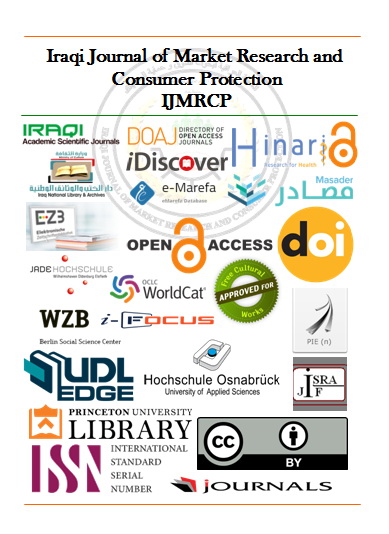STUDY THE OPTIMUM CONDITIONS FOR THE REMOVAL OF HEAVY METAL ELEMENTS FROM AQUEOUS SOLUTIONS USING CONTAMINATED BACTERIA Bacillus subtilis LOCALLY ISOLATED
STUDY THE OPTIMUM CONDITIONS FOR THE REMOVAL OF HEAVY METAL ELEMENTS FROM AQUEOUS SOLUTIONS USING CONTAMINATED BACTERIA Bacillus subtilis LOCALLY ISOLATED
Keywords:
Heavy metals, Bacillus subtilis, Pollution, adsorption.Abstract
We studied the effect of certain environmental conditions for removing heavy metal elements from contaminated aqueous solutions (Cd, Cu, Pb, Fe, Zn, Ni, Cr) using the bacterium Bacillus subtilis to appoint the optimal conditions for removal ,The best optimum temperature range for two isolate was 30-35○C while the hydrogen number for the maximum mineral removal range was 6-7. The best primary mineral removal was 100 mg/L, while the maximum removal for all minerals was obtained after 6 hrs of Cu element time and the maximum removal efficiency was obtained after 24 hrs of Cu element. The results have proved that the best aeration for maximum removal was obtained at rotation speed of 150 rpm/minute. Inoculums of 5ml/100ml which contained 106 cell/ml showed maximum removal for two isolates. The removal efficiency was (%) under the obtained optimum conditions above using the bacterial isolate
Bacillus subtilis 88.4, 91.9, 98.1, 96.7, 83.1, and 94.8 for the minerals Cd, Cu, Pb, Fe, Zn and Ni consequently. The maximum removal for Cr element under the optimum conditions was 92.1% by using Bacillus subtilis 2 isolate.





